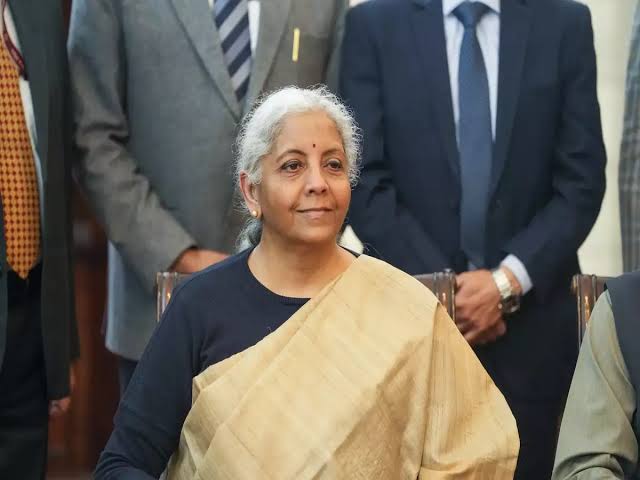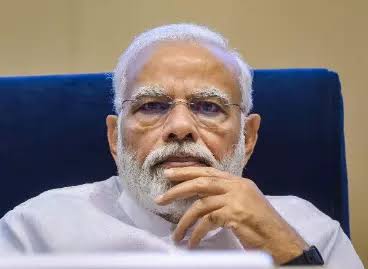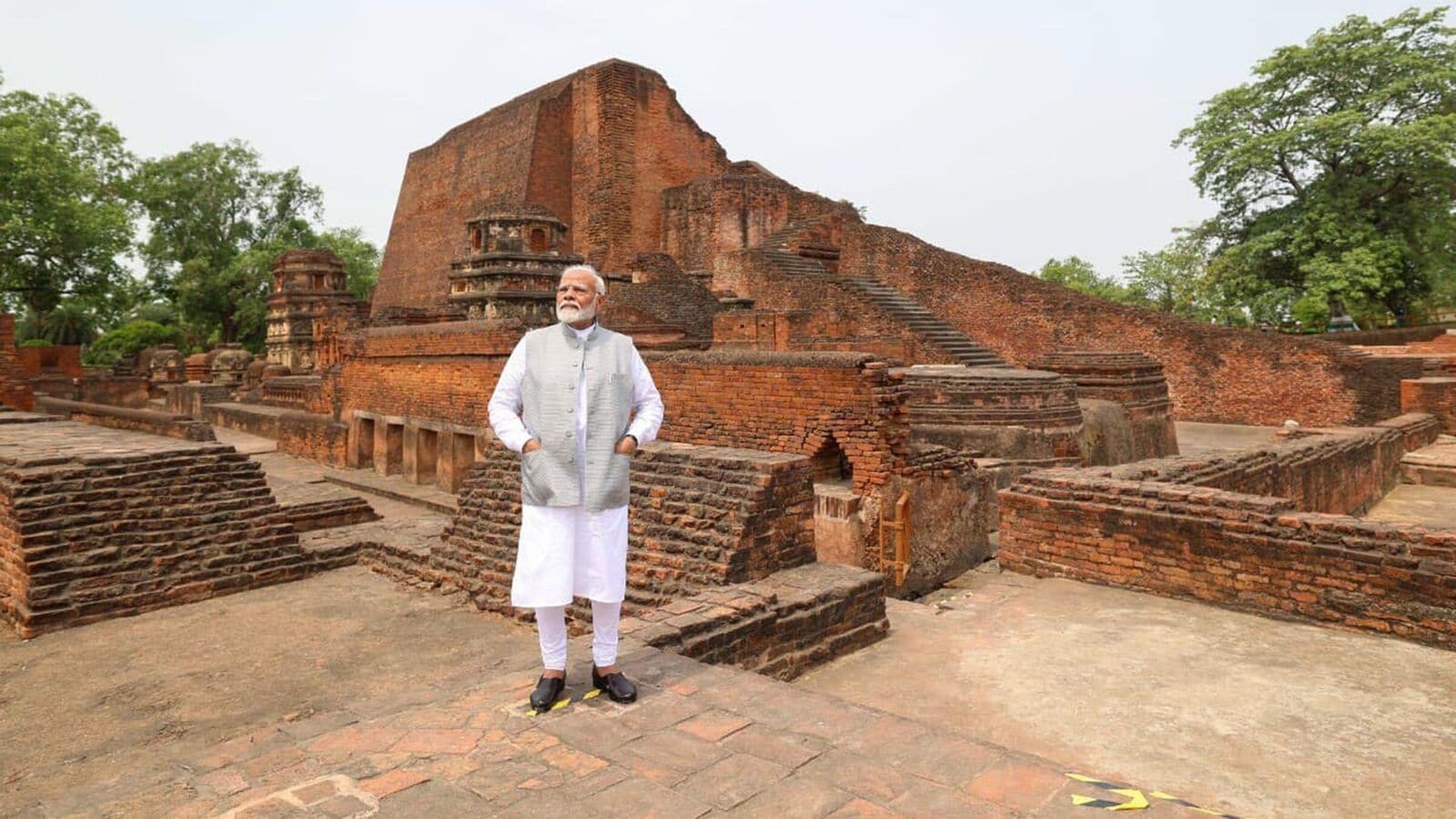The Union Budget 2025, presented by Finance Minister Nirmala Sitharaman, has brought significant relief to the middle class with a historic revision of income tax slabs, ensuring that incomes up to ₹12 lakh will not be taxed. This move is expected to ease the financial burden on millions of households grappling with inflation and stagnant wage growth. The Finance Minister emphasized that the new tax structure aims to make taxation simpler and reduce litigation while boosting disposable incomes.
 Beyond tax relief, the budget reflects a broader vision for economic growth, sustainability, and welfare. The Economic Survey projected India’s growth at 6.3-6.8% in 2025-26, with investments expected to gain momentum. President Droupadi Murmu, addressing the Parliament ahead of the budget, highlighted the government’s efforts to revive the economy from “policy paralysis” despite global economic uncertainties, including the lingering effects of COVID-19 and geopolitical conflicts.
Beyond tax relief, the budget reflects a broader vision for economic growth, sustainability, and welfare. The Economic Survey projected India’s growth at 6.3-6.8% in 2025-26, with investments expected to gain momentum. President Droupadi Murmu, addressing the Parliament ahead of the budget, highlighted the government’s efforts to revive the economy from “policy paralysis” despite global economic uncertainties, including the lingering effects of COVID-19 and geopolitical conflicts.
A strong emphasis was placed on technology and infrastructure development. The government announced the establishment of five National Centres of Excellence for Skilling and a dedicated AI Centre for Education. To further digital inclusion, broadband connectivity will be extended to all secondary schools and primary health centers under the Bharat Net program. Additionally, a new Deeptech fund-of-funds is being considered to boost research and innovation.
Industry leaders welcomed the budget, citing its pro-growth measures. Sanjay Bajpai of ASSOCHAM praised the budget’s impact on demand generation and logistics, while CII President Sanjiv Puri noted its focus on labor-intensive sectors such as agriculture, MSMEs, and manufacturing. Bhupesh Gupta of ASSOCHAM expressed satisfaction with the revised tax slabs, surpassing initial expectations
The budget also addressed healthcare and education. An additional 10,000 seats will be added in medical colleges, and daycare cancer centers will be set up in all district hospitals over the next three years. The government also proposed a modified UDAN scheme to connect 120 destinations, benefiting an estimated 4 crore passengers in the coming decade. In education, 50,000 Atal Tinkering Labs will be established in government schools to foster innovation among students.
One of the biggest policy shifts was the focus on social security for gig workers. The government announced that 1 crore gig workers would be registered on the e-Shram portal, ensuring better access to benefits. Rural development was also prioritized, with the PM Dhan Dhyan Krishi Yojana targeting 100 districts with low yields and benefiting 1.7 crore farmers. Bihar, in particular, received significant attention with the establishment of a Makhana Board and new greenfield airports.
However, the budget was not without controversy. The Samajwadi Party staged a walkout over concerns regarding the Mahakumbh tragedy, arguing that the government should prioritize immediate relief efforts over policy announcements. Opposition leaders also questioned the execution of welfare schemes and the fiscal deficit target, which stands at 4.8% for FY25 and 4.4% for FY26.
On the fiscal front, the government proposed key reforms, including raising the FDI limit in the insurance sector to 100% and setting up a ₹25,000 crore Maritime Development Fund. India Post is set to undergo a transformation into a public logistics entity, leveraging its vast rural network to boost economic activity in remote areas.
The energy sector saw major commitments, with a ₹20,000 crore Nuclear Energy Mission aimed at developing small modular reactors and achieving 100 GW nuclear capacity by 2047. Amendments to the Atomic Energy Act are expected to facilitate greater private sector participation.
Budget 2025 attempts to strike a balance between economic prudence and social welfare. While tax relief has been a major win for the middle class, the focus on digital infrastructure, manufacturing, and rural development indicates a long-term vision for inclusive growth. As discussions on the Finance Bill progress, the real impact of these announcements will unfold in the months ahead.



